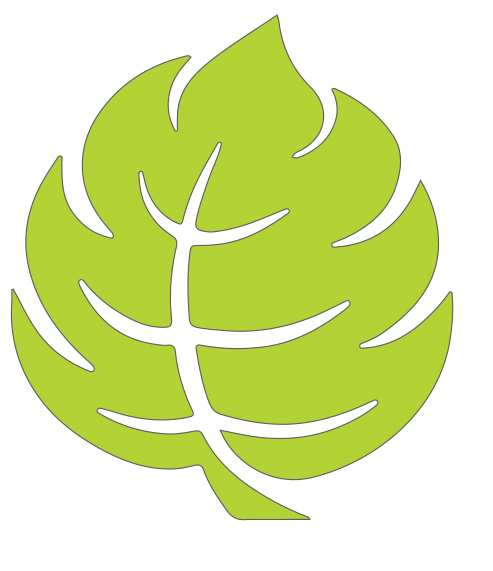Weak or damaged valves can lead to varicose veins. Arteries carry blood from the heart to the rest of the body. Veins return blood from the rest of the body to the heart. To return blood to the heart, the veins in the legs must work against gravity.
Muscle contractions in the lower legs act as pumps, and elastic vein walls help blood return to the heart. Tiny valves in the veins open as blood flows toward the heart, then close to stop blood from flowing backward. If these valves are weak or damaged, blood can flow backward and pool in the veins, causing the veins to stretch or twist.
Now let's look at the risk factors!
In many cases, the following can increase the risk of developing varicose veins:
Age
Aging causes wear and tear on the valves in the veins that help control blood flow. Eventually, that wear causes the valves to allow some blood to flow back into the veins, where it collects.
Sex
Women are more likely to develop the condition. Hormonal changes before a menstrual period or during pregnancy or menopause might be a factor because female hormones tend to relax vein walls. Hormone treatments, such as birth control pills, might increase the risk of varicose veins.
Pregnancy
During pregnancy, the amount of blood in the body increases. This change supports the baby but can also enlarge the veins in the legs.
Family history
If other family members had varicose veins, there's a greater chance you will too.
Obesity
Being overweight puts added pressure on veins.
Fortunately, there is a solution for everything, including varicose veins. If you are looking for natural solutions, we present to you Varikoflex Extra balm. This product has been specifically developed for varicose vein problems. It contains only natural ingredients.


